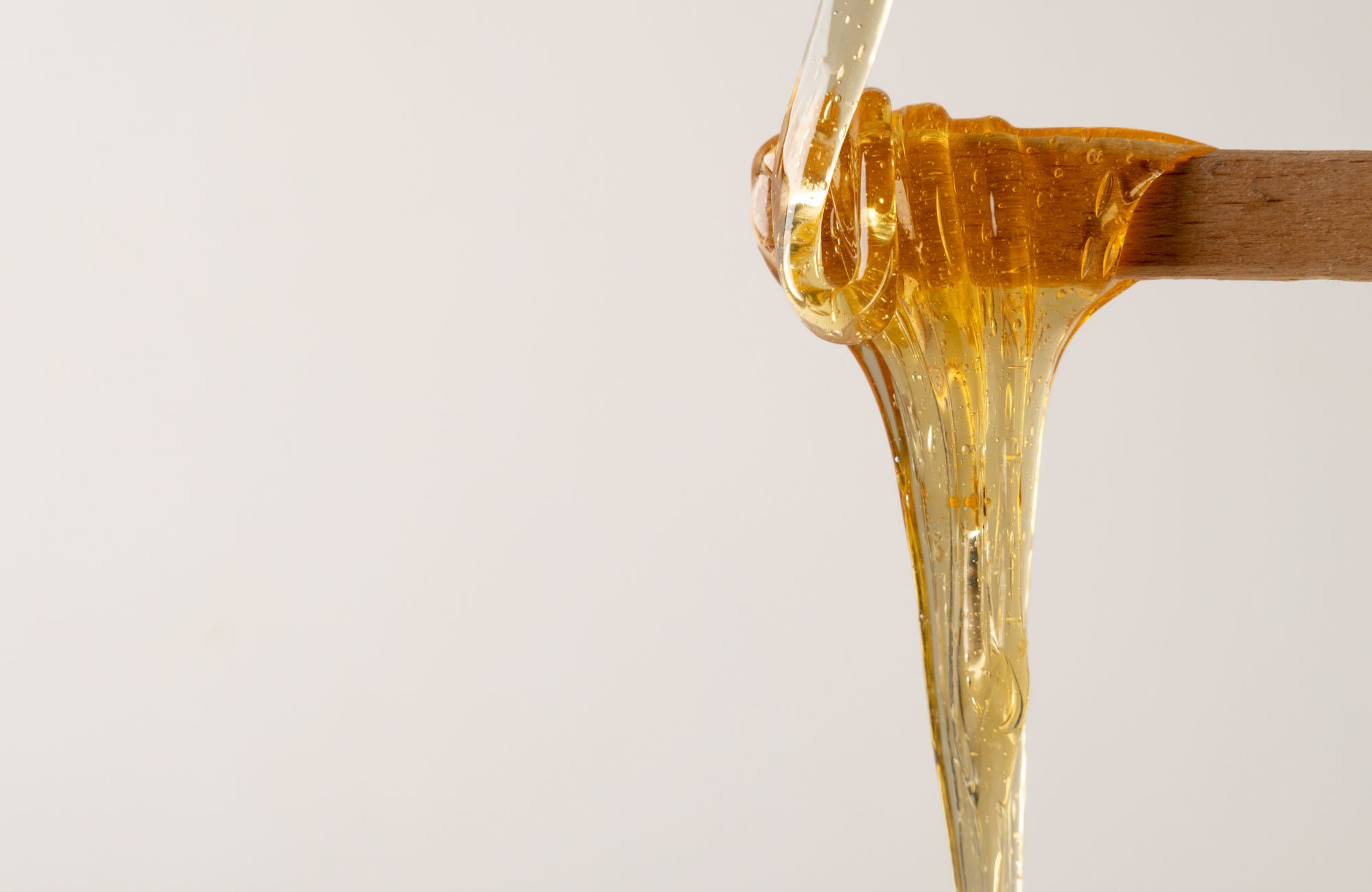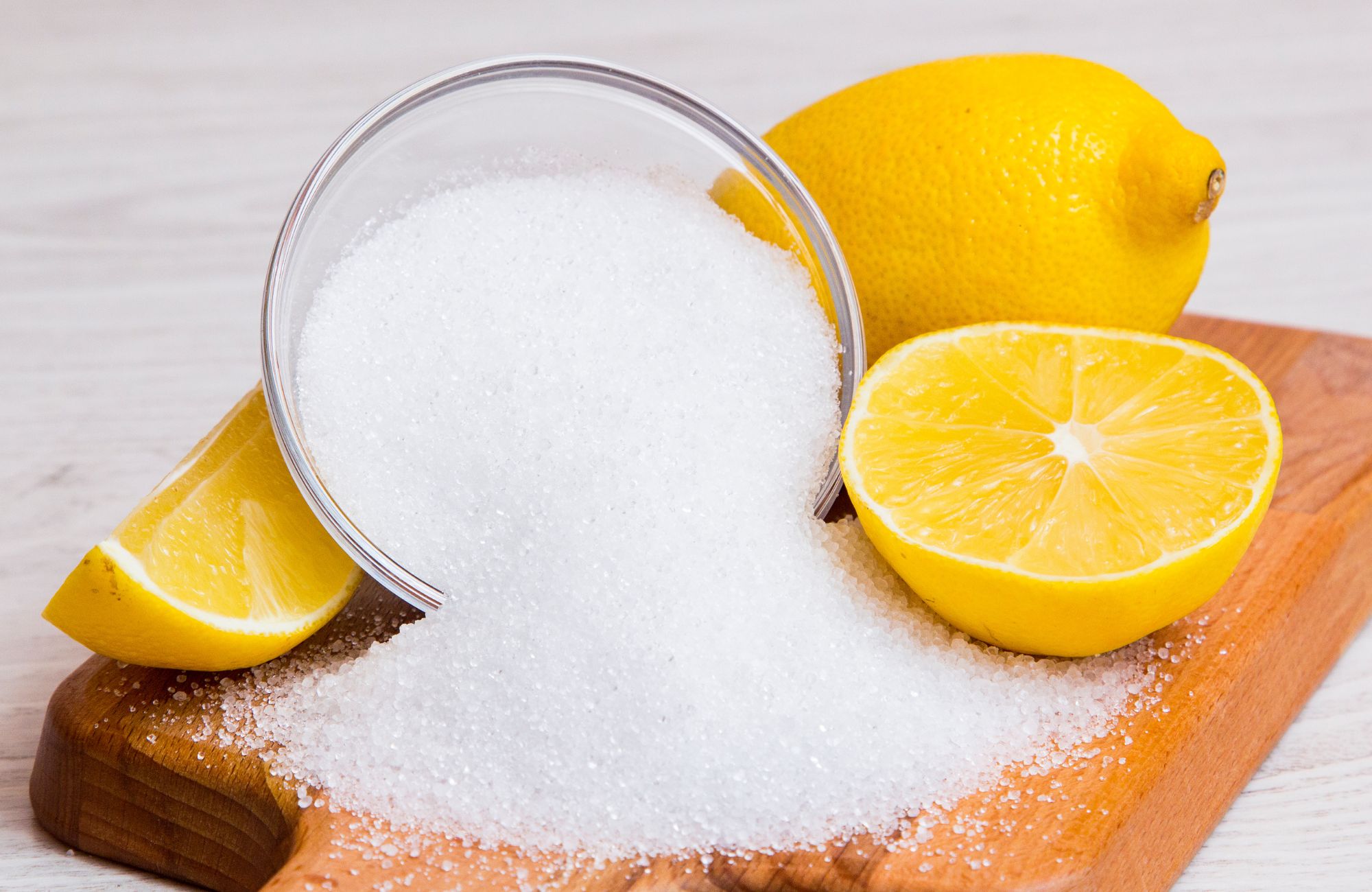
What is Liquid Sugar? Understanding Its Types and Effects
In the vast world of sweeteners, liquid sugar stands as a cornerstone ingredient across countless products we consume daily. From the soft drinks that quench our thirst to the confectionery delights that satisfy our sweet cravings, liquid sugar plays a pivotal role in the food and beverage industry. Yet, despite its ubiquity, many consumers and even some industry professionals may not fully understand what liquid sugar is, how it’s produced, or its various applications. This comprehensive guide aims to demystify liquid sugar, exploring its composition, production, applications, and health considerations.
Defining Liquid Sugar
At its most basic, liquid sugar is exactly what the name suggests—sugar in dissolved form. Technically speaking, it’s pure saccharose (table sugar) dissolved in water to create a clear, syrupy solution. Unlike its crystalline counterpart, liquid sugar doesn’t require dissolution equipment or processes before use, making it an immediately usable ingredient for food and beverage manufacturers.
The standard liquid sugar solution consists of approximately 67% sugar and 33% water, though concentrations can vary depending on specific applications and requirements. This ready-to-use format offers significant advantages over solid sugar forms like granulated sugar, raw cane sugar, or brown sugar, particularly in large-scale production environments.
Types of Liquid Sugars and Sweeteners
The world of liquid sweeteners extends far beyond basic liquid sucrose. Let’s explore the various types available to the food and beverage industry:
Pure Liquid Sugar (Liquid Sucrose)
The most common form of liquid sugar is liquid sucrose, essentially regular white sugar dissolved in water. This clear, colorless solution undergoes sterile filtration and pasteurization to ensure microbiological stability and purity. Available in both conventional and organic variants, liquid sucrose serves as the foundation for many sweetened products.
Liquid Invert Sugar
Created through the hydrolysis of saccharose, liquid invert sugar contains varying proportions of glucose, fructose, and sucrose. This type comes in two main varieties:
- Partially inverted liquid sugar: Contains a mixture of glucose, fructose, and unconverted saccharose
- Fully inverted liquid sugar: Contains primarily glucose and fructose with minimal remaining saccharose
Liquid invert sugar offers several advantages, including enhanced sweetness (requiring less product for the same sweetening power), resistance to crystallization (beneficial in confectionery and ice cream production), and flavor enhancement properties that complement fruit aromas in beverages.
High-Fructose Corn Syrup (HFCS)
Perhaps the most discussed liquid sweetener in recent decades, high-fructose corn syrup is produced from corn starch through enzymatic processing. Available in various formulations with different fructose concentrations (typically 42% or 55%), HFCS has become particularly prevalent in the beverage industry due to its cost-effectiveness and functional properties.
Naturally Occurring Liquid Sweeteners
Several liquid sweeteners occur naturally and have been used for centuries:
- Honey: A complex mixture of various sugars (primarily fructose and glucose) with trace enzymes, minerals, and plant compounds that provide unique flavors varying by floral source
- Maple syrup: Derived from the sap of maple trees and graded by color and flavor intensity from golden (delicate) to very dark (robust)
- Molasses: A byproduct of sugar refining with a deep color and distinctive flavor, available in light, dark, and blackstrap varieties
- Agave nectar: Extracted from agave plants and containing primarily fructose, offering a lower glycemic index than regular sugar
Sugar Substitutes in Liquid Form
For applications requiring reduced calories or sugar content, several liquid sugar substitutes are available:
- Liquid maltitol: A sugar alcohol with approximately 75-90% of the sweetness of sucrose but half the calories
- Erythritol syrups: Nearly zero-calorie solutions with about 70% of sugar’s sweetness
- Stevia-based liquid sweeteners: Plant-derived options with intense sweetness and minimal calories
Production and Processing of Liquid Sugar
The production of liquid sugar follows a carefully controlled process to ensure consistency, purity, and safety:
- Raw material sourcing: Primarily from sugarcane or sugar beets, though corn serves as the base for HFCS
- Extraction and refining: Sugar is extracted from raw materials and refined to remove impurities
- Dissolution: Refined sugar crystals are precisely dissolved in purified water under controlled conditions
- Filtration: The solution undergoes multi-stage filtration to remove any remaining particulates
- Pasteurization: Heat treatment eliminates potential microbiological contaminants
- Quality testing: Brix levels (sugar concentration), clarity, and microbiological parameters are verified
- Packaging: The finished product is packaged in various formats from pails to tanker trucks
This process results in a product with high microbiological stability and consistency, eliminating the need for food and beverage manufacturers to invest in their own dissolution, filtration, and pasteurization equipment.
Physical and Chemical Properties
Understanding the physical and chemical properties of liquid sugars helps manufacturers select the right product for specific applications:
- Brix levels: Typically ranging from 65-67° Brix for standard liquid sugar, indicating sugar concentration
- Viscosity: Varies with temperature and concentration, affecting pumping and dispensing requirements
- Solubility: Already in solution, eliminating dissolution issues encountered with crystalline sugars
- Freezing point depression: Particularly important in frozen dessert applications
- Hygroscopicity: Ability to attract and hold moisture, beneficial in maintaining product freshness
- pH stability: Generally neutral but can vary slightly depending on production methods
These properties make liquid sugar particularly valuable in continuous production processes where consistency and ease of handling are paramount.
Industrial Applications and Benefits
The versatility of liquid sugar makes it indispensable across numerous food and beverage categories. Here’s how different industries leverage its unique properties:
Beverage Industry
In the beverage sector, liquid sugar reigns supreme. From soft drinks and fruit juices to energy drinks and iced coffee, liquid sweeteners offer unmatched convenience. The already-dissolved state ensures perfect integration without the gritty texture sometimes encountered with undissolved sugar crystals. For alcohol-free refreshing drinks, liquid invert sugar creates barely any difference in sugar composition after filling, while its flavor-enhancing properties support fruit aromas for a fuller taste experience.
Confectionery and Baking
Confectioners and bakers benefit from liquid sugar’s ability to control moisture and prevent unwanted crystallization. In chocolate production, liquid sweeteners contribute to smoother, velvety textures. For baked goods, liquid sugars help maintain moisture, extend shelf life, and contribute to desirable browning characteristics. Specifically, liquid invert sugar retards crystallization, benefiting chocolate fillings and hard caramel production.
Ice Cream and Frozen Desserts
Liquid sugars, particularly invert sugar, play a crucial role in ice cream production by lowering the freezing point and preventing the formation of large ice crystals. This results in smoother, creamier frozen desserts with improved scoop-ability even at lower temperatures.
Jams, Preserves, and Pickles
The preservative qualities of liquid sugar make it ideal for jams, marmalades, cordials, and pickles. Its ability to bind water molecules helps prevent microbial growth while enhancing flavor and extending shelf life.
Advantages Over Crystalline Sugar
For industrial food and beverage producers, liquid sugar offers numerous advantages over traditional crystalline forms:
- Elimination of dissolution equipment: No need for costly dissolving tanks, heaters, or agitators
- Labor savings: Reduced handling and processing time
- Consistency: Uniform concentration and quality in every batch
- Sterility: Already filtered and pasteurized, reducing contamination risks
- Storage efficiency: Easier to pump and transport through production systems
- Process control: Precise metering for consistent sweetness levels
- Reduced dust: Elimination of sugar dust, improving workplace safety and cleanliness
These advantages often outweigh the slightly higher per-unit cost of liquid sugar compared to crystalline forms, particularly when factoring in equipment, labor, and quality control considerations.
Health Considerations and Nutritional Impact
While liquid sugar offers numerous functional benefits to food manufacturers, it’s important to understand its health implications, particularly given increasing consumer awareness of sugar consumption:
Liquid Sugar in the Diet
Sugar-sweetened beverages represent the largest source of liquid sugar in many diets. The average American consumes approximately 22 teaspoons of added sugar daily, with a significant portion coming from liquid forms. This equates to roughly 350 extra calories from liquid sugar alone.
Health organizations have established recommended limits:
- American Heart Association (AHA): 6 teaspoons daily for women, 9 teaspoons for men
- World Health Organization (WHO): Less than 10% of daily calories from added sugars
Health Impacts of Excessive Consumption
Research has linked excessive consumption of sugar-sweetened beverages to several health concerns:
- Weight gain: Liquid sugar doesn’t provide the same feeling of fullness as solid foods with equivalent calories, potentially leading to overconsumption
- Type 2 diabetes: Regular consumption of sugar-sweetened beverages increases diabetes risk by approximately 26%
- Heart disease: Studies show a 20% higher risk of heart attacks in men who regularly consume sugary drinks
- Liver disease: Rapid absorption of liquid sugar can overwhelm the liver, increasing triglyceride production
- Metabolic syndrome: A collection of risk factors including high blood pressure and elevated blood sugar levels
Alternatives and Reduction Strategies
Consumers aiming to cut back on liquid sugar can opt for alternatives like water with lemon or cucumber, sparkling water with light sweeteners, unsweetened teas, or low-calorie drinks with sugar substitutes. Manufacturers can support this shift by gradually reducing sugar content and incorporating alternative sweeteners to meet demand without compromising taste.
Choosing the Right Liquid Sugar for Your Needs
For food and beverage manufacturers, selecting the appropriate liquid sweetener depends on several factors:
- Application requirements: Consider flavor profile, texture contribution, and functional properties
- Cost considerations: Balance ingredient costs against processing savings
- Label considerations: Consumer preferences for certain sweetener types
- Technical specifications: Concentration, color, and stability requirements
- Sustainability goals: Environmental impact of different sweetener options
Working with experienced suppliers who can provide technical guidance helps ensure optimal selection for specific applications.
Conclusion
Liquid sugar represents a cornerstone ingredient in modern food and beverage production, offering convenience, consistency, and functional benefits across countless applications. As with any ingredient, understanding its properties, applications, and health considerations allows for informed decision-making by both manufacturers and consumers.
For reliable, high-quality liquid sweeteners that meet your specific production needs, consider US Sweeteners. Our comprehensive range of liquid sugar products, technical expertise, and commitment to quality make us the ideal partner for food and beverage manufacturers seeking to optimize their sweetener strategies. Whether you’re producing beverages, confections, baked goods, or other sweet treats, our team stands ready to help you select the perfect liquid sugar solution for your application. Contact us today to learn more.
FAQs
What are examples of liquid sugars?
Examples of liquid sugars include simple syrup, honey, maple syrup, agave nectar, molasses, high-fructose corn syrup, liquid invert sugar, and fruit juice concentrates.
What is the difference between sugar and liquid sugar?
The main difference is physical state—liquid sugar is already dissolved in water while granulated sugar is in crystal form; chemically they contain the same saccharose molecules, but liquid sugar eliminates the need for dissolution equipment in manufacturing.
What is a substitute for liquid sugar?
Substitutes for liquid sugar include honey, maple syrup, agave nectar, date syrup, coconut nectar, monk fruit extract, liquid stevia, erythritol syrups, and maltitol solutions.
How is liquid sugar made?
Liquid sugar is made by dissolving refined sugar crystals in purified water under controlled temperature conditions, followed by multi-stage filtration to remove impurities and pasteurization to eliminate microbiological contaminants.



Leave a Reply